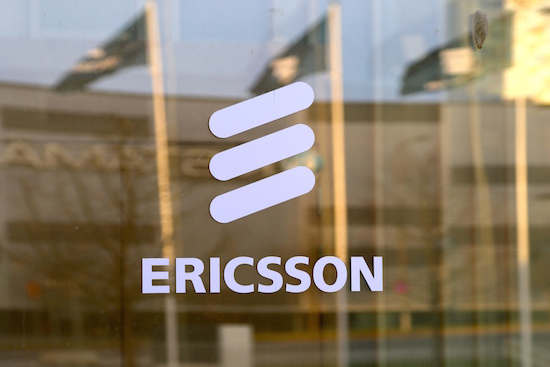Ericsson has built new software designed to support the Internet of Things, enabling devices with high battery lives and deep indoor coverage, and updated its LTE software.
The vendor’s IoT Networks Software 16B is compatible with LTE Category 0 with “half-duplex” operation in FDD. This curbs functionality to only the features essential to the IoT, which Ericsson said reduces the device cost by 60 percent compared to Category 4 hardware.
New power saving modes help decrease battery consumption and widen a device’s sleep states.
The software also introduces extended coverage for GSM networks by 20dB. Ericsson said this will lead to a seven-fold extension in the range of low-rate applications, allowing the Internet of Things to be used in remote areas or deep underground.
Other features include a means of handling prioritisation of devices or services.
The vendor has been working with a range of third party companies on the software, including Intel, Altair, Sequans and Telit.
Alain Maloberti, Senior Vice President Orange Labs Networks, said: “The Internet of Things has so much potential. We are really pleased to see Ericsson working with leading ecosystem players to address the cost, coverage and battery life issues that have hindered broader mass uptake of IoT applications. We see that the best is yet to come.”
Matt Hatton, Founder & CEO, Machina Research, added: “For IoT to truly erupt, standardisation is vital and interoperability is key. By working with big names like Intel and other IoT ecosystem players like Altair, Sequans and Telit, Ericsson is ensuring that opportunities for efficiencies are not missed and that the device and network ecosystem develop in synch.”
Meanwhile, Ericsson’s Network Software 16A aims to increase uplink and downlink performance for LTE networks, adding LTE-U compatibility and boosting uplink speeds by up to 200 percent.
Other features include more support for energy efficient small cells, as well as increasing downlink speeds.
Mike Sapien, Principal Analyst Enterprise Services, Ovum, said: “While operators have understood that they need to design mobile networks for increasing amounts of data now, Wi-Fi networks have traditionally been the solution of choice for indoor connectivity for enterprise customers.
“However, Wi-Fi cannot service the need for reliable and mobile voice services or text messaging, much less handle the business-critical applications that require the app coverage, voice services, and full mobility provided by cellular. Now, as we move toward 5G, both cellular and Wi-Fi will need to work together to offer differentiated and seamless service.”


